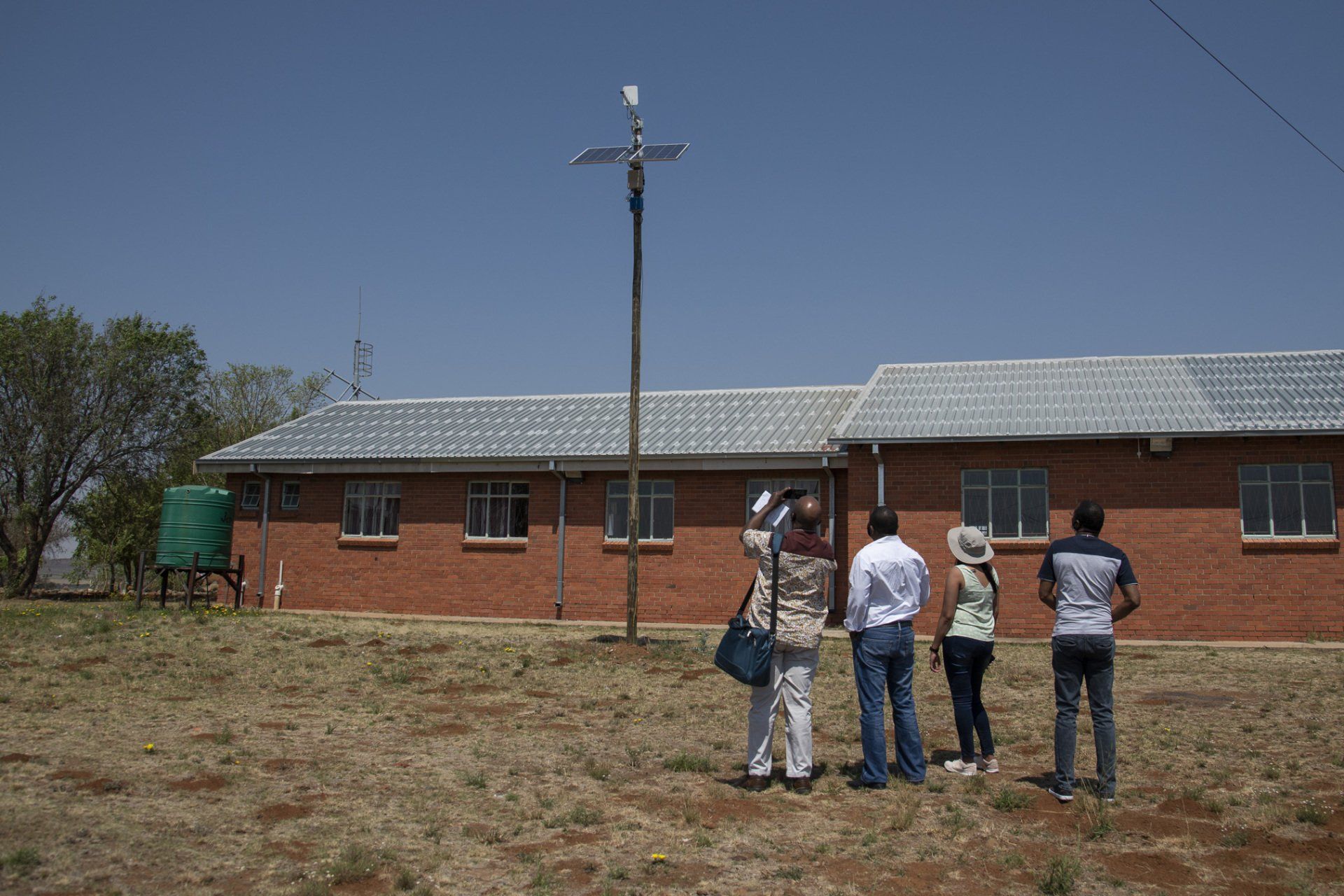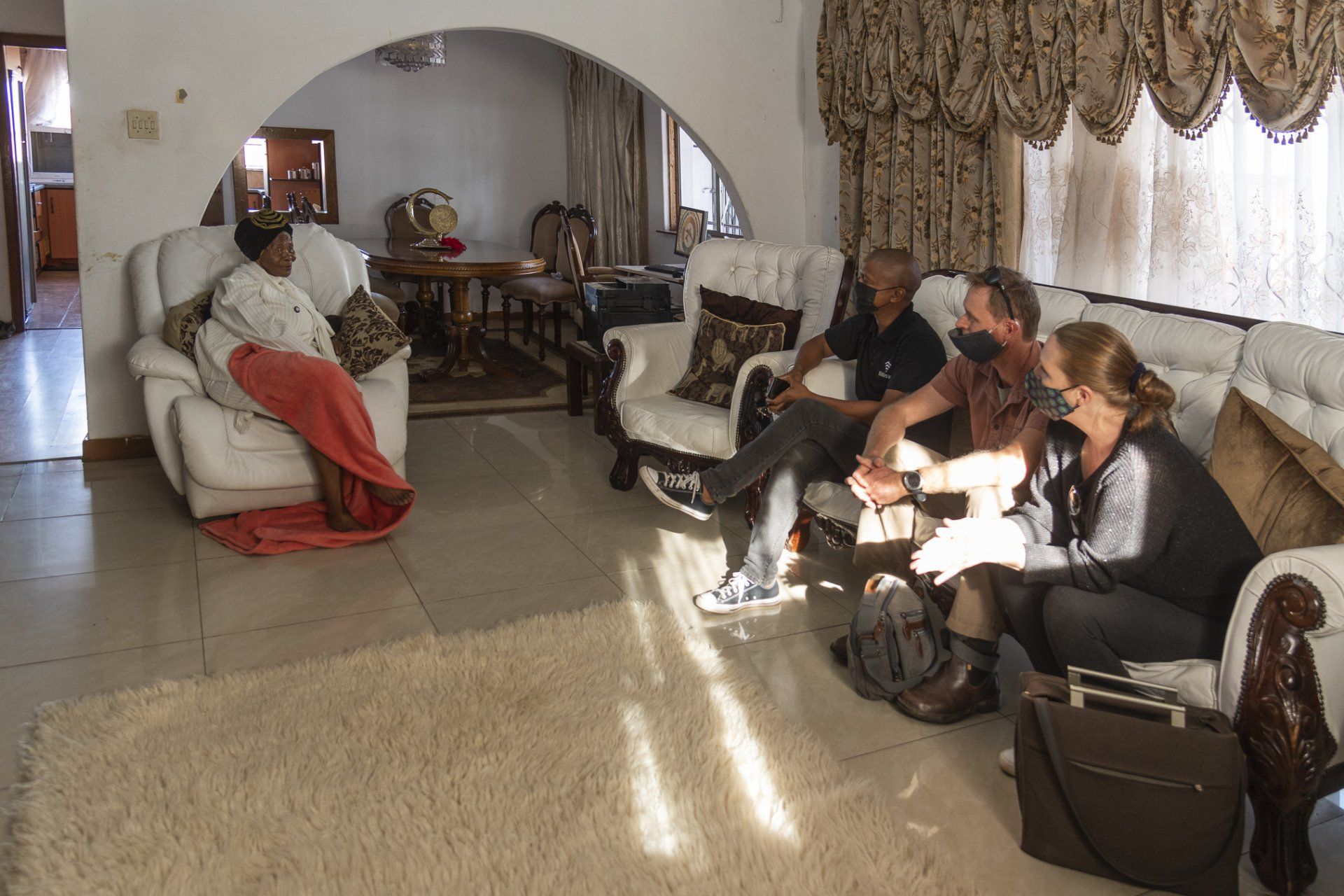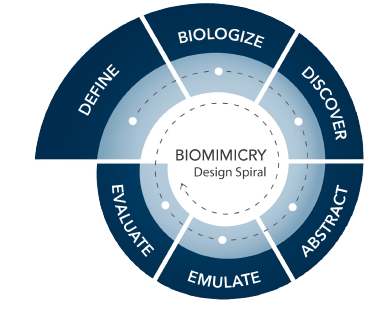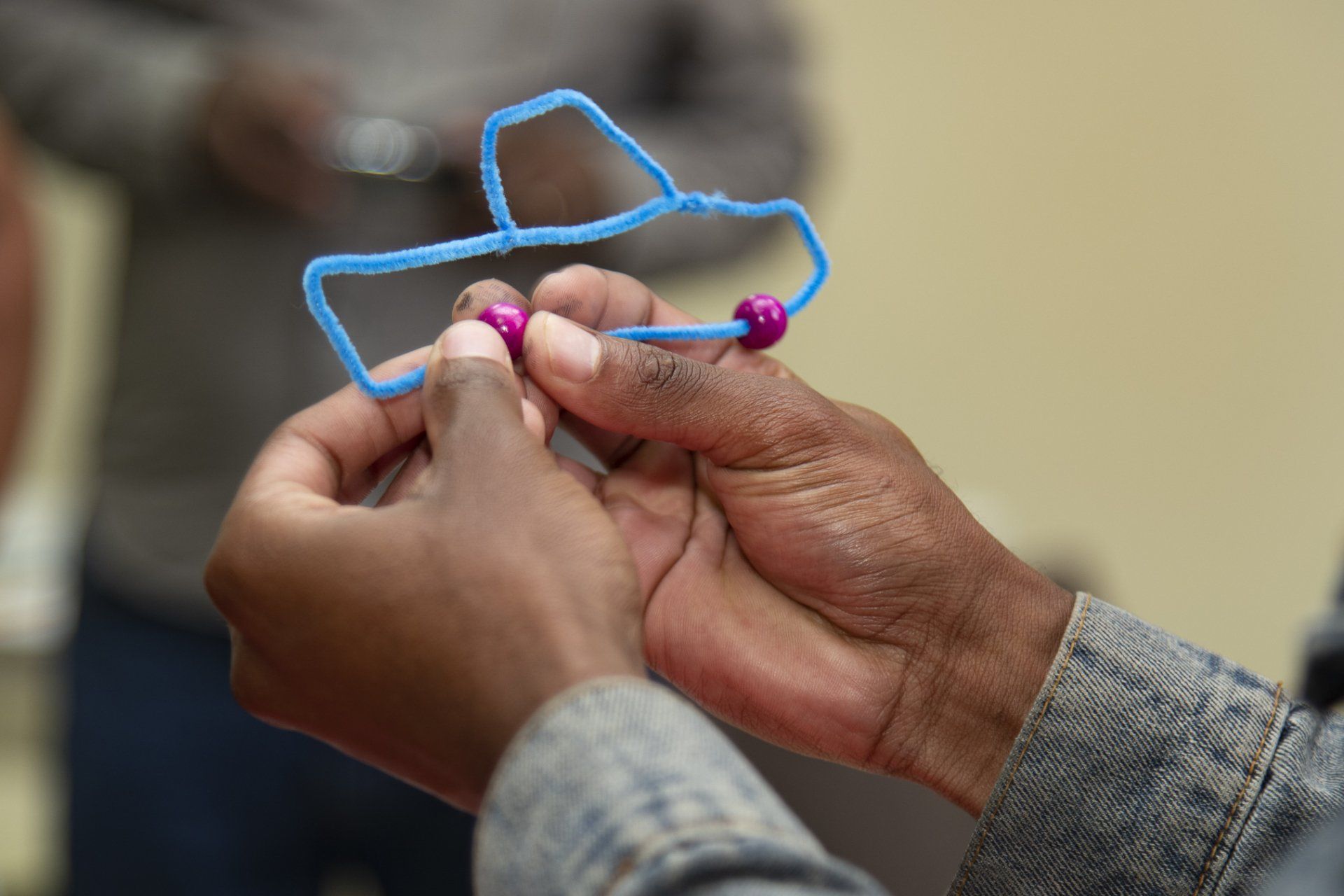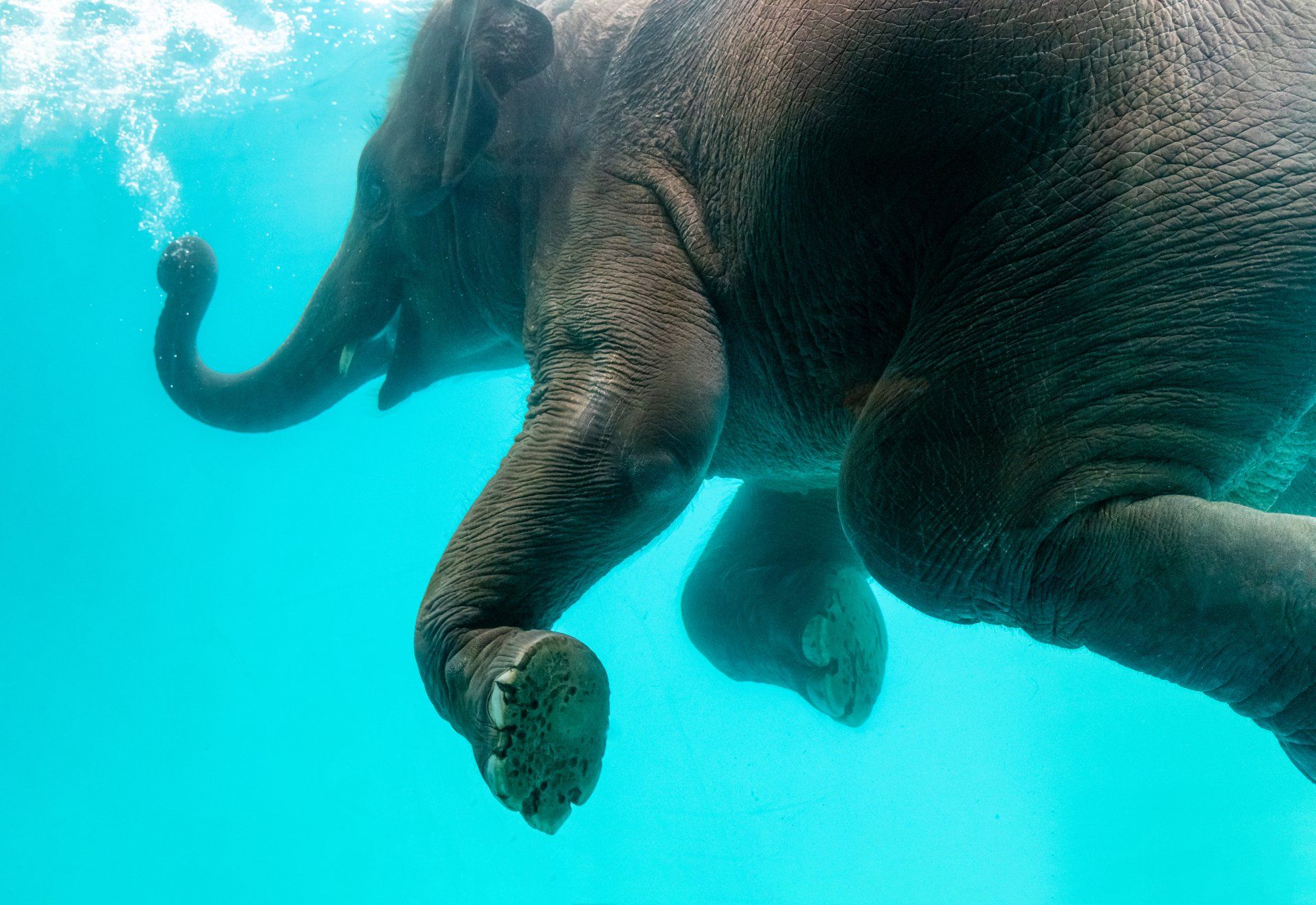RESOURCES
& LEARNING
Some content that serves as a foundation knowledge base for understanding the discipline of Biomimicry.
METHODOLOGY
IMAGINING FUTURES
Activities included in a Design Thinking workshop:
- Brainstorming on aspirations, improvements and opportunities
- Brainstorming on what has already been tried
- Brainstorming on goals for the future
- Brainstorming on what we might create today to improve tomorrow
- Building on the ideas of others
- Grouping of complimentary ideas
- Choosing the most impactful ideas to take forward
- Mapping of needs in relation to new ideas
- Identifying final outcomes
- The Biomimicry Team then frames the challenges to biology and develops innovation ideas around the workshop outcomes.
BIOMIMICRY
LEARNING
There's lots of content available online which will serve as a basic foundation in learning about the discipline. If you want a more in depth understanding of how to apply Biomimicry to your work and life, including the Biomimicry design methodology, Life's Principles, and applying Biomimicry at a systems level, visit LearnBiomimicry.com.
+ INTERESTING BIOMIMICRY SITES TO EXPLORE


